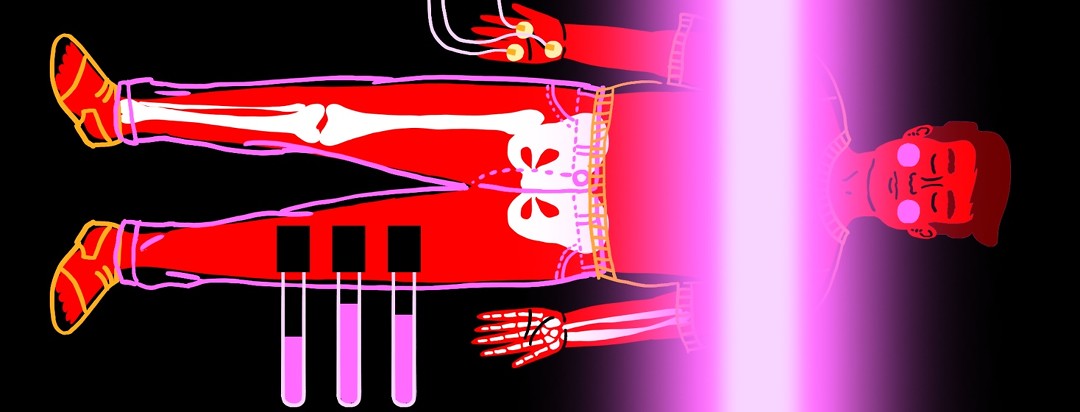Tests for Chronic Pain after Hep C
Like some of you, I got rid of hep C, but still live with side effects of the virus. Many debate whether our current conditions were caused by hep C or the treatment. To me, it really doesn’t matter, but I did take the old drugs for 43 weeks. Over the last few years, I’ve probably had all the tests for chronic pain after hep C. Maybe my experience can help you and your doctor decide how to approach your joint, muscle, bone, or nerve pain.
My history
I was an active person who worked full-time until my liver decompensated. Hep C damaged my liver for about 30 years. After clearing the virus, I had less hepatic encephalopathy, and began to “wake up” to the fact that I was pushing myself through deep, throbbing, and sometimes stabbing pain. Then came liver cancer, and a transplant. Soon my chronic pain caused me to limp, sit wrong, move incorrectly, and eventually, led to a total physical lock up in my back, neck, hips and legs. Through it all, I sought help from my medical team.
Tests for chronic pain
Most doctors start with conservative tests, and offer a treatment, like a prescription or therapy. If those fail to work, or if you are not satisfied with the results, they will move it up to another level. You may even see a specialist for further testing.
Blood tests
There are so many things to look for. A metabolic panel can show elevated urea, increased protein, red blood cells, platelets, or white blood cells. Additional tests for Lupus, arthritis, gout, fibromyalgia, and many others can give your doctor more detail about the possible causes of your pain.
X-rays
X-rays reveal any bone injuries, malformations, or scars.
CAT scan
A CAT scan may be ordered to use x-ray machinery and computer images too. It gives your doctor a closer look at organs, bones, and tissue.
MRI
An MRI shows all the soft tissue like tendons and ligaments.
ENG or NCV
These tests use electrical impulses to check for nerve dysfunction, damage, or disorder.
Bones scans
Way more than an X Ray, bone scans offer an intense look at your bones using a dye to detect a lot of things. It can find bone cancer, or even a subtle bone infection.
You have some control
When you're in pain, it's easy to feel a loss of control. Your doctor or insurance carrier are involved in the decision making, but you do have a say. Sometimes, you have to nudge the process along. Most doctors are ordering these tests using the “process of elimination” until they discover the cause of your pain.
I’ve had all of the above tests done, and many repeated. My personal experience was that everything came back negative. Through the process, I tried prescriptions. I also worked with physical therapy, gentle stretching, meditation, and other forms of pain relief. It makes me so happy that hepatitis C is no longer causing damage to my liver, and my whole body, and now I can heal. If your doctor wants to run tests for chronic pain after hep C, I wish you all the best.
Coming soon: Part 2, where I discuss how physical therapy has helped me with painful bones and muscles.

Join the conversation